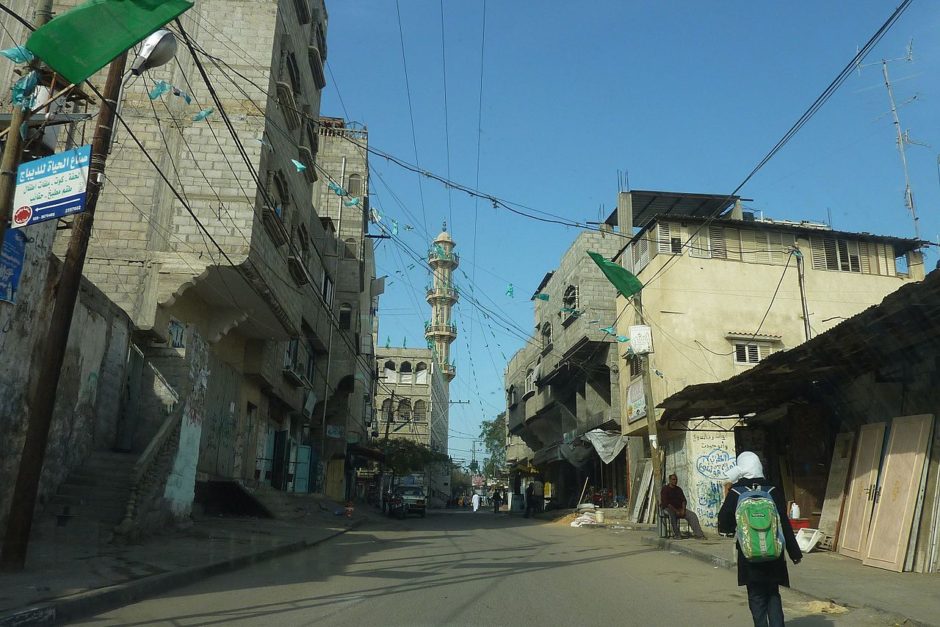A ceasefire has ended yet another round of intense fighting between Israel and Palestinian armed groups in the Gaza Strip. The truce, brokered by Egypt, Qatar and the United Nations on May 6, has taken hold, but it could easily unravel and plunge the region into chaos again.
The latest bout of cross-border warfare lasted from May 4 to May 5 and was the worst since the 2014 Gaza war, the third such war since 2008. Hamas and Islamic Jihad fired 690 missiles and mortars into Israel, killing four Israeli civilians. Israeli aircraft attacked 350 targets in Gaza, mainly command centres, weapons-manufacturing facilities and rocket launcher sites, causing the deaths of 29 Palestinians.
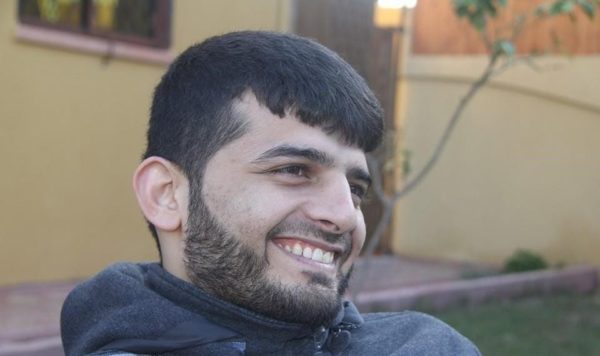
One of the Palestinian casualties was deliberately targeted. Hamad Hudri, a high-ranking official in Hamas’ military wing, the Izzedine al-Qassam Brigades, was Iran’s paymaster in Gaza. He was the first Palestinian in years to be assassinated by Israel.
The Iron Dome anti-missile batteries destroyed 86 percent of Palestinian rockets, but 35 landed in populated areas, proving yet again that Israel cannot hermetically defend itself against a barrage of deadly projectiles. The Iron Dome system came up short in intercepting short-range rockets landing within a few kilometers of the border, according to a former Israeli national security adviser and retired head of the Military Intelligence’s Research Department, Yaakov Amidror.
The Iron Dome saved lives and enhanced the flexibility of decision-makers in Israel, but it cannot provide Israel with sufficient protection in a wider conflict, says a former deputy military intelligence chief, Meir Elran.
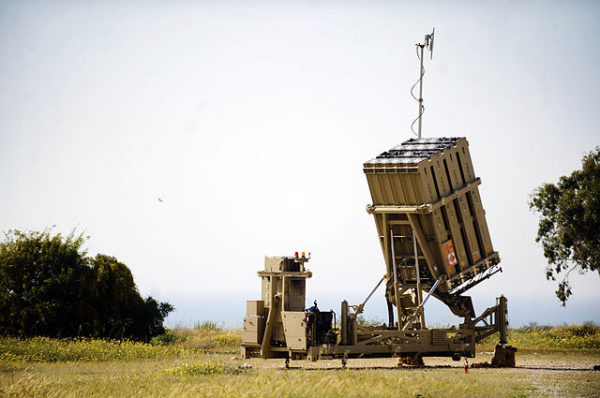
Significantly enough, the number of Israelis killed in the most recent outbreak of fighting was only one less than during the 50-day war five years ago, during which the Palestinians launched more than 4,500 projectiles at Israeli communities adjacent to or near the border. The proportionately higher Israeli death toll is due to the Palestinians’ increased firepower, a fact that Israel will have to take into serious consideration in the future.
No sooner had the truce been arranged than Israeli Prime Minister Benjamin Netanyahu warned that further bloodshed is in the offing, “The campaign is not over, and it demands patience and sagacity,” he said. “We are prepared to continue. The goal has been — and remains — ensuring quiet and security for the residents of the south.”
With the dust having barely settled, the secretary-general of Islamic Jihad, Ziad al-Nakhaleh, also issued a warning. “The last escalation was only a live fire drill in preparation for the major campaign that is coming,” he said, claiming that Islamic Jihad and Hamas are in agreement “on everything.” In other words, the two organizations are tactically and perhaps strategically on the same page.
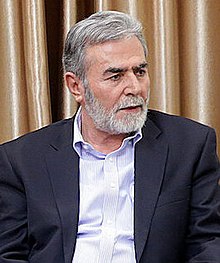
What this means in practice is clear.
The truce will crumble unless Israel agrees to ease the blockade of Gaza, allows the regular and uninterrupted flow of Qatari funds into Gaza (Qatar, an ally of Hamas, has contributed $750 million so far to infrastructure projects and relief efforts), improves the supply of electricity to Gaza, and extends the fishing zone off Gaza’s coastline.
These are issues that greatly complicate Israel’s testy, often volatile relationship with Hamas and Islamic Jihad, both of which call for the destruction of Israel and the establishment of an Islamic state within the boundaries of historic Palestine.
Senior Israeli military officials have warned that unless Gaza’s humanitarian and economic crisis is resolved, renewed violence is inevitable.
A complicating factor is the role the rival Palestinian Authority, based in the West Bank, can play in the affairs of Gaza, which is wracked by a high unemployment rate and disastrous levels of impoverishment. The PA — which accepts Israel’s existence and keeps a lid on Palestinian violence in the West Bank by means of security cooperation with Israel — wants to replace Hamas as the ruling authority in Gaza, populated in the main by the descendants of refugees displaced in 1948. Hamas, which ousted the PA from Gaza in 2007, has ruled the coastal enclave since then.
Hamas and the PA have conducted periodic talks with the objective of achieving unity in Palestinian ranks. These on-again, off-again negotiations have always fizzled. With the PA and Hamas perpetually at odds, the Palestinian national movement is splintered, enabling Israel to exploit the divisions for its own purposes.
Due to the deep hostility and mistrust between Israel and Gaza’s Palestinian factions, Netanyahu seeks conflict management rather than conflict resolution in the powder keg that is Gaza. This means that bloody collisions between Israel and the Palestinians are always around the corner, ready to boil over in clashes that are subsequently papered over by temporary ceasefires.
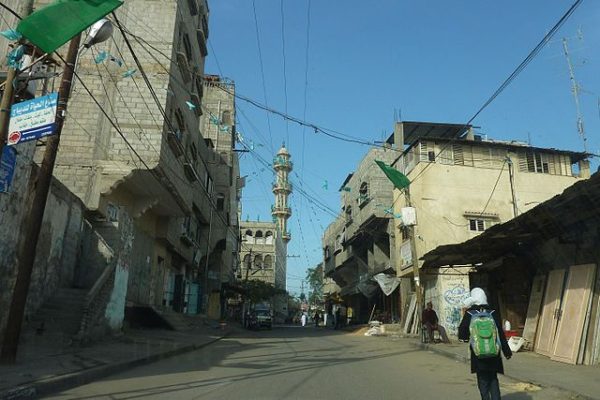
Since the eruption of the March of Return weekly border demonstrations in Gaza just over a year ago, more than 2,000 violent incidents have occurred, claiming the lives of some 200 Palestinians and a half-dozen Israelis. Protesters demand the end of the blockade and the right of Palestinian refugees to return to their former homes in what is now Israel. The March of Return was originally organized by grassroots organizations in Gaza, but has since been taken over by Hamas.
Before the latest round of fighting erupted in Gaza, the Palestinians had fired 1,200 rockets at Israel and sent innumerable incendiary kites and balloons into Israel, burning vast swaths of farmland and nature reserves and causing $10 million worth of damage to Israel’s economy.
As the Palestinians warn, the next war may exact a deadlier toll on Israel.
“If Gaza is dragged into war, Israel will suffer,” Yahya Sinwar, the chief Hamas official in Gaza, said a month ago. “Israel will not only have to evacuate the communities around Gaza, but also Ashdod and Ashkelon and even Tel Aviv. Our fingers are on the trigger …”
Al-Nakhaleh, the head of Islamic Jihad, sent a similar message on May 2: If Israel kills any of his fighters in assassinations, Islamic Jihad “will respond with force and attack major (Israeli) cities.”
It all adds up to this sobering conclusion: the next eruption of fighting pitting Israel against Hamas and Islamic Jihad could well be the deadliest one.
